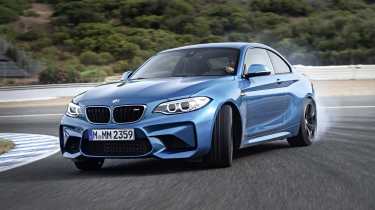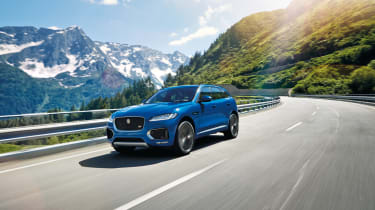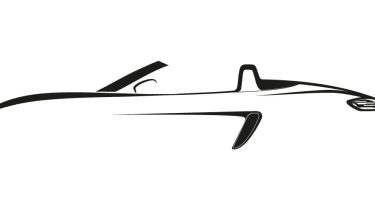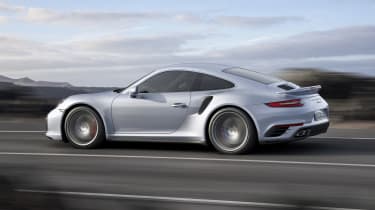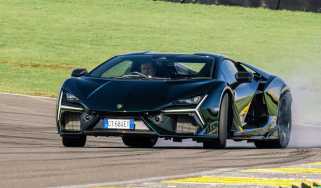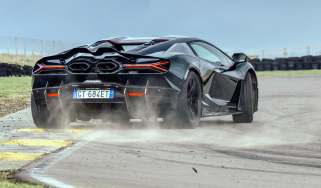These are the cars you'll want to drive in 2016 - Cars of 2016 - page 3
We've driven some already, but all make their official debuts in 2016. Here are the cars we're all waiting for
Should SUVs and crossovers excite us? Some would argue we shouldn’t, but for Jaguar to produce such a thing is indicative of just how important manufacturers consider the genre.
Revealed in full at the 2015 Frankfurt motor show, the F-Pace comes with the expected four- and six-cylinder diesel powerplants, but also adds a 375bhp, supercharged V6 petrol unit.
While it’s styling isn’t stand-out – SUVs aren’t the most elegant vehicles – it’s easier on the eye than most rivals and has a typically cosseting cabin. Starting at 1655kg, it’s also relatively lightweight, thanks to aluminium architecture.
Lotus 3-Eleven
Ultra-lightweight Lotus specials don’t come around very often, but they’re remarkable when they do. The 3-Eleven is the latest in a chain that includes the old 2-Eleven and the striking 340R, but it now offers true supercar performance.
The figure you want to know is the weight: 925kg. If that’s higher than you’d hoped for (the race version does dip below 900kg), 450bhp goes a long way to delivering the all-important power-to-weight ratio of around 508bhp/ton.
And it looks fantastic – modern, but referencing cars like the Lotus Eleven in its classic-racer proportions. It could prove one of the most exciting cars of 2016 to drive.
Porsche Boxster/Cayman 718
Porsche has now confirmed something we suspected for quite a while – the Cayman and Boxster will become four-cylinder cars. What we didn’t expect was a change in nomenclature, as both will now be known under the 718 moniker.
Few details have been revealed beyond the name and cylinder count, but those bemoaning the loss of the old six-pot engines may be satiated by the extra power and lighter weight the engines are sure to deliver.
The former will make both cars even more throttle-adjustable (and quicker in everyday driving); the latter should improve each car’s inherently excellent balance even further.
Porsche 911 Turbo
In a range where almost all models are now turbocharged, the Porsche 911 Turbo and Turbo S risk losing their USP – surging, endless acceleration.
To counter this, Porsche has given each car an extra 20bhp – the Turbo now makes 532bhp, the Turbo S 573bhp – and a dynamic boost system to improve throttle response.
Various electric systems have been revised and to cope with the increased urge, the regular Turbo gets wider wheels, matching those of the Turbo S. The revised models will make their debut at the 2016 Detroit motor show.

